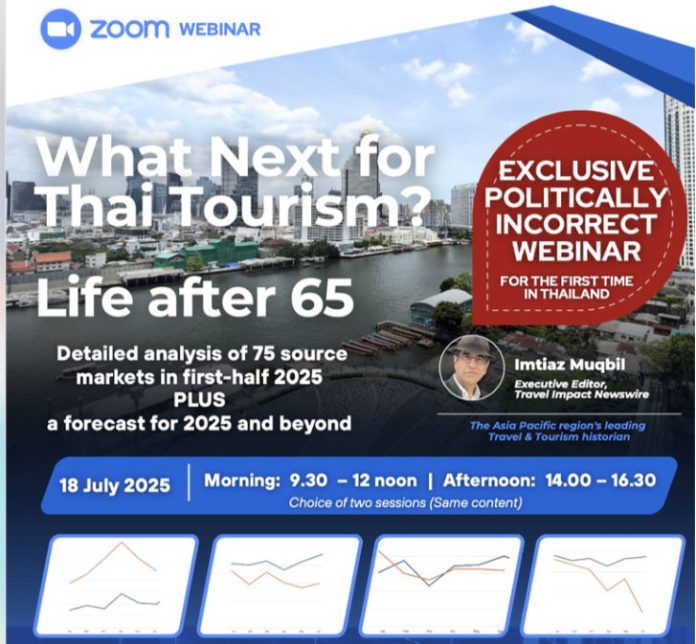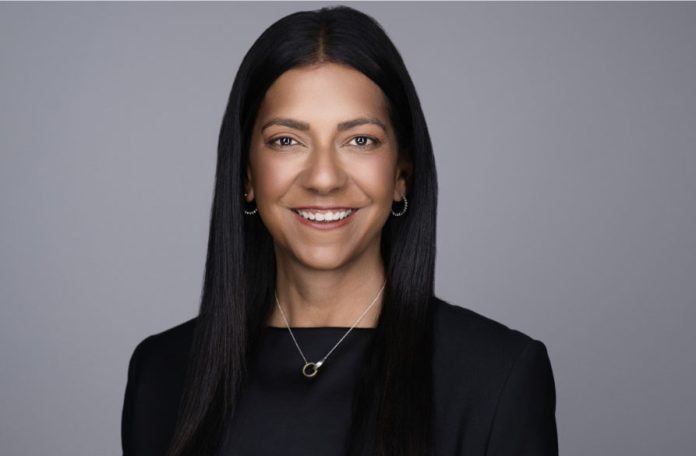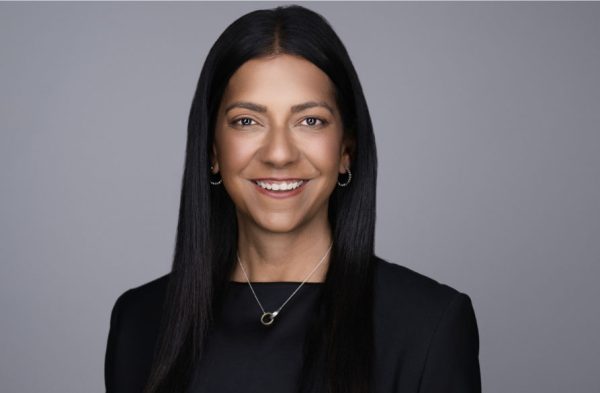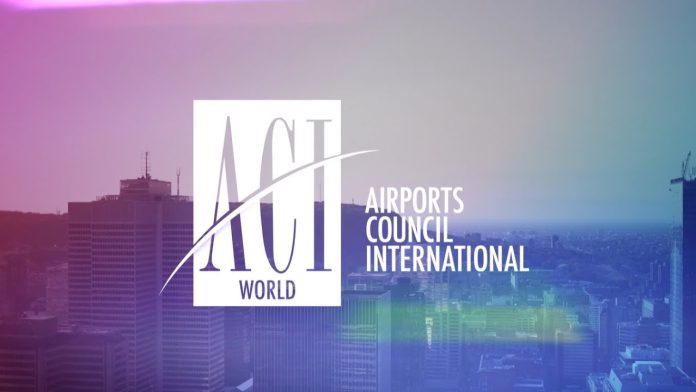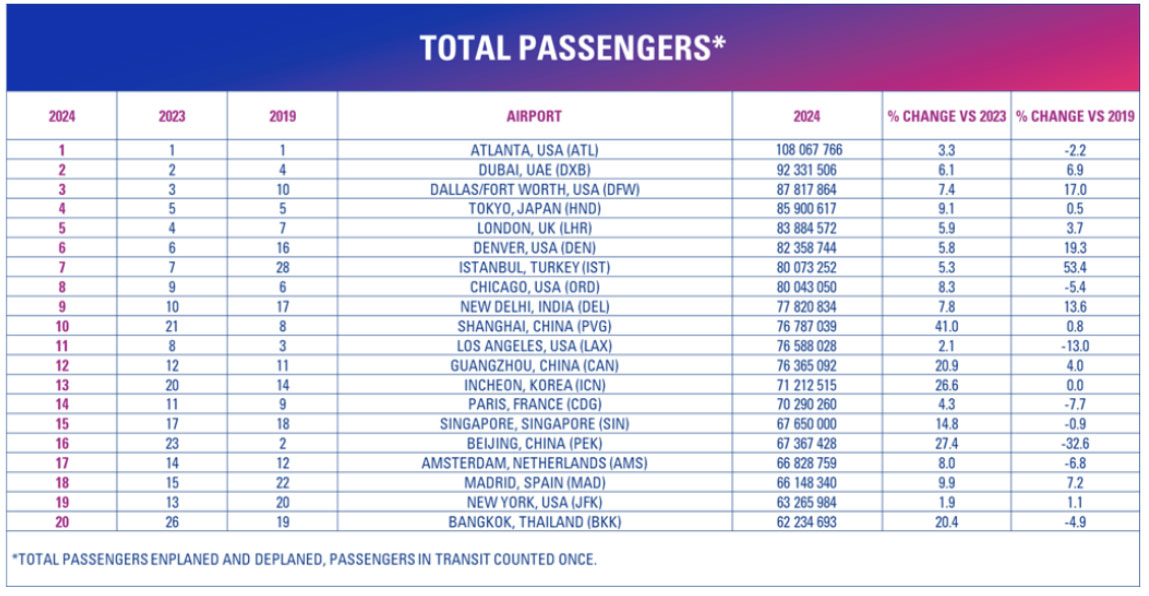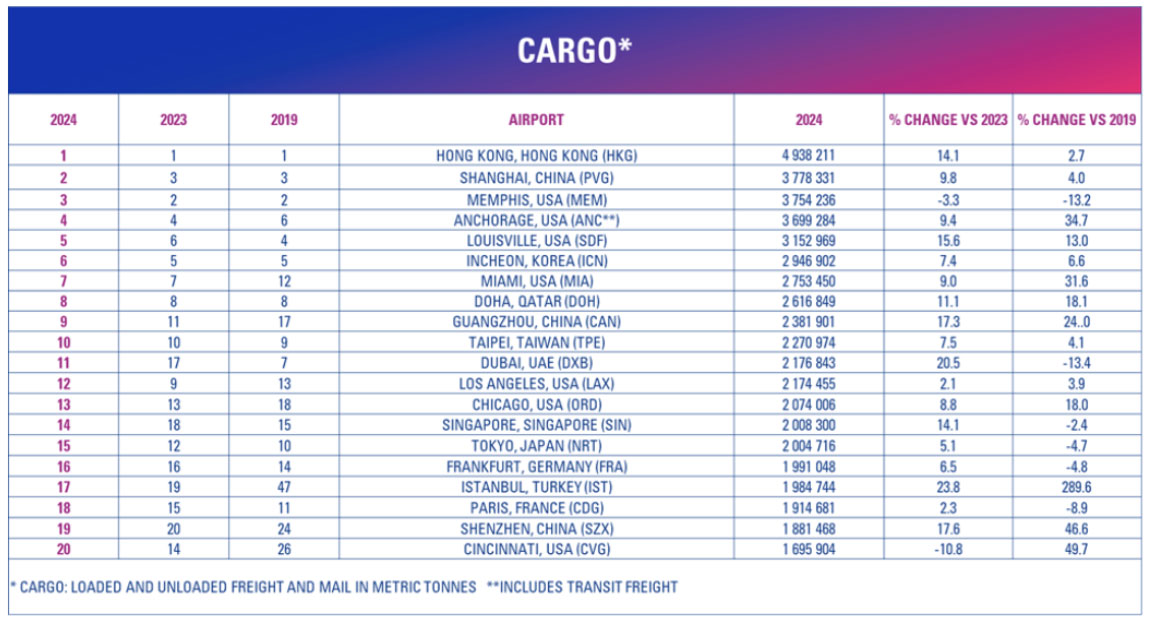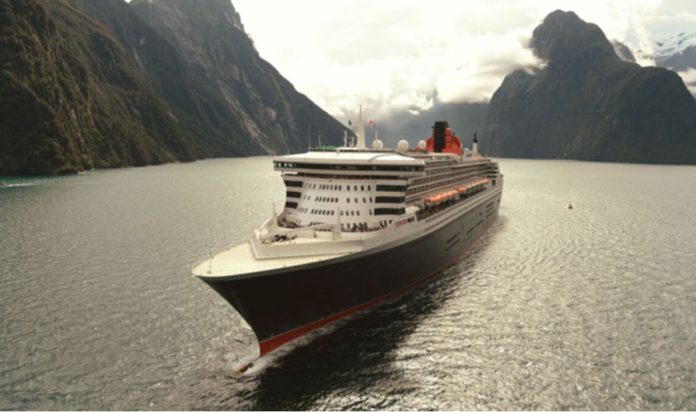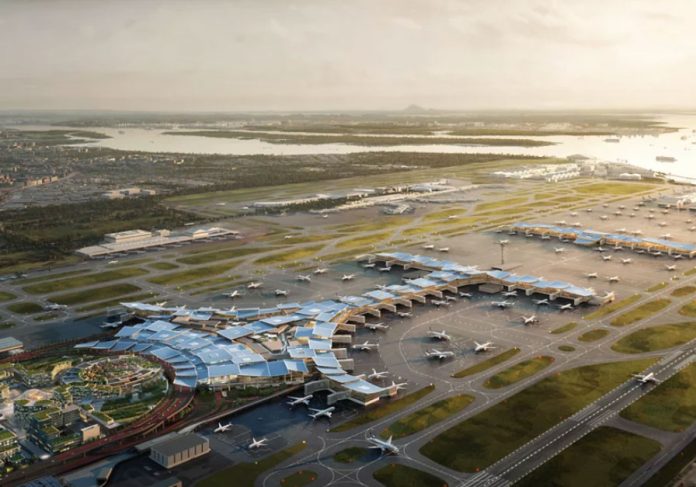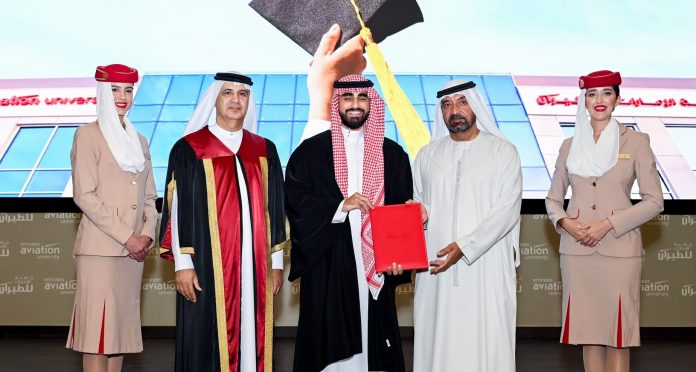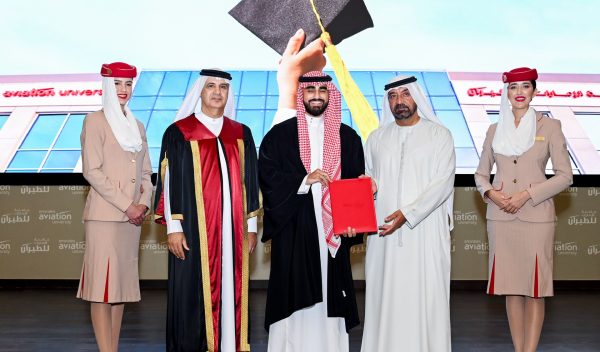BANGKOK, 14 July 2025: Turkish Airlines is increasing flights on the Istanbul-Bangkok route during the winter timetable that kicks in 27 October, while announcing that it will introduce a new service to Phnom Penh, Cambodia, with a stop in the Thai capital effective 10 December.
Currently flying 17 round-trip services a week on the Istanbul-Bangkok route, the airline will increase frequencies to 21 flights per week on 27 October.*
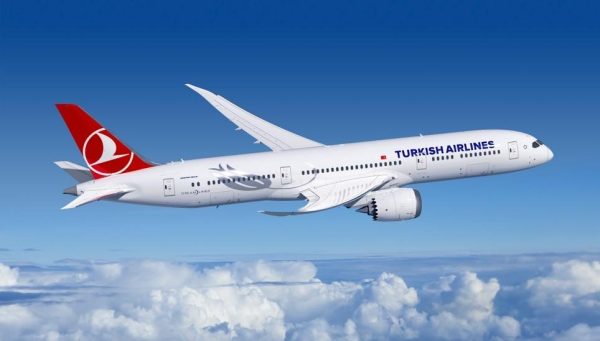
Starting 10 December, Turkish Airlines will introduce a new three-weekly service on the Istanbul (IST) – Bangkok (BKK) – Phnom Penh (PNH) route. This marks the first time Phnom Penh will be served by Turkish Airlines, making Cambodia the seventh country served by the airline in Southeast Asia. It will also increase round-trip flights to and through Bangkok to 24 weekly.
New service Bangkok – Phnom Penh
TK52 will depart Istanbul (IST) at 2205 and make a transit stop in Bangkok (BKK) at 1115. The flight will depart Bangkok at 1310, arriving in Phnom Penh (PNH) at 1440.
TK53 will depart Phnom Penh (PNH) at 1915 and arrive in Bangkok (BKK) at 2045. After a transit stop in Bangkok, TK53 will depart Bangkok (BKK) at 2140 and arrive in Istanbul (IST) at 0455.
The three weekly flights to Bangkok and Phnom Penh will depart Istanbul on Monday, Friday and Sunday using a Boeing 777-300ER configured with 353 seats.
Turkish Airlines’ new Istanbul-Bangkok-Phnom Penh route exemplifies a “fifth-freedom” strategy, providing local sales in Bangkok and Phnom Penh while developing Bangkok as a gateway to expand its reach into secondary Southeast Asian markets.
Last June, the airline signed a Joint Business Agreement with Thai Airways International that signalled the green light for the two airlines to fly a combined 42 frequencies on the Istanbul – Bangkok route.
The initial phase of the JBA will focus on enhancing codeshare flights and aligning schedules between Istanbul and Bangkok, effective by the end of the year.
The partnership aims to provide seamless travel experiences, expand connectivity between Turkey and Southeast Asia, offer more flight options, and foster tourism and trade between the two regions. It also allows both airlines to leverage their respective networks (Turkish Airlines’ global reach and THAI’s strong regional presence in Asia).
The agreement introduces a revenue-sharing framework, aligning their commercial strategies on the Istanbul-Bangkok route to optimise efficiency and maximise passenger volumes.
Currently, direct flights from Istanbul to Bangkok are operated by both Turkish Airlines and Thai Airways (daily), with Turkish Airlines offering 17 flights weekly (TK68, TK58, TK64).
Istanbul – Bangkok
TK68 departs Istanbul (IST) at 0140 and arrives in Bangkok (BKK) at 1505 (daily).
TK58 departs Istanbul (IST) at 1530 and arrives in Bangkok (BKK) at 0420 (daily).
TK64 departs Istanbul (IST) at 1945 and arrives in Bangkok (BKK) at 0840 (Monday, Friday, Sunday).
*TK64 flights increase from three weekly to daily, effective from 27 October, giving Turkish Airlines a total of 21 flights weekly between Istanbul and Bangkok.
Bangkok – Istanbul
TK69 departs Bangkok (BKK) at 2315 and arrives in Istanbul (IST) at 0610 (daily).
TK59 departs Bangkok (BKK) at 0550 and arrives in Istanbul (IST) at 1230 (daily).
TK65 departs Bangkok (BKK) at 1010 and arrives in Istanbul (IST) at 1645 (Tuesday, Saturday and Sunday).
Beyond Thailand, Turkish Airlines intends to ultimately expand its network in Southeast Asia with new routes or increased frequencies to cities like Hanoi, Ho Chi Minh City, Bali, Kuala Lumpur, Jakarta, and Manila.



